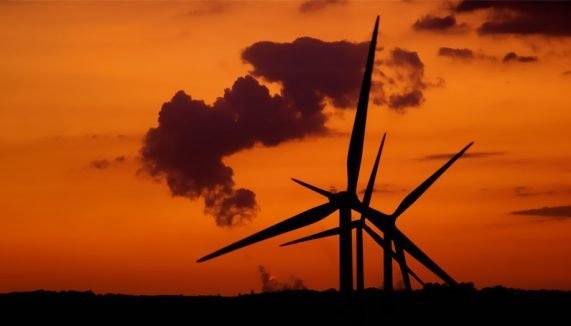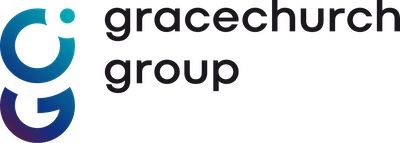Some of the leading organizations present in the renewable energy value chain include Ministry of Environment, Energy and the Sea (France), Ministry of New and Renewable Energy (India), Ontario Power Authority (Canada), Office of Gas & Electricity Markets, U.K. Government (U.K.), Ministry of Economy, Trade and Industry (Japan), Dominion Virginia Power (U.S.), Tennessee Valley Authority (U.S.), Los Angeles Department of Water & Power (U.S.), Orcas Power & Light (U.S.), Green Mountain Power (U.S.), and Eugene Water & Electric Board (U.S.), among others.
Countries in North America, especially the U.S., and some major countries in Europe, particularly the ones belonging to the EU such as Germany and France have strict mandates for renewable energy technology adoption. Meanwhile, certain countries in the Asia-Pacific region such as China, India, and Japan are also actively involved in meeting the renewable energy targets. These mandates or targets can be mainly observed in developed countries. The developing countries are also trying to cope with the developed ones by implementing renewable energy policies to reduce carbon emissions. Incentives such as feed-in tariff, tax credit, net metering, among others are provided by the government to boost renewable energy technology adoption.
The report provides insights related to the different renewable energy technologies such as wind, solar, geothermal, and bio energy; their capacity addition from 2011 to 2015; renewable energy targets by 2020; key projects related to major technologies; and feed-in tariff offered for each technology. The countries considered for this study include the U.S., Canada, Brazil, the U.K., Germany, France, Italy, China, India, and Japan.
“Renewable Energy Policy FiT Analysis by Technology , by System Size and by Key Country – Installed Capacity and Targets to 2020”
Download Free PDF Brochure: http://www.marketsandmarkets.com/pdfdownload.asp?id=182712231








